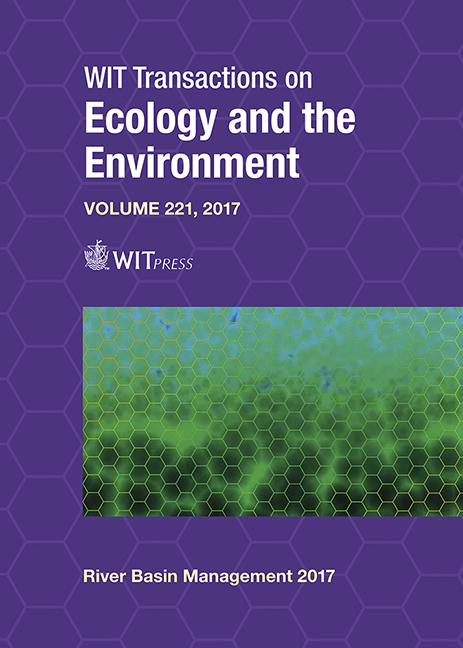SHORELINE EVOLUTION NEAR THE MOUTH OF THE PETRACE RIVER, REGGIO CALABRIA, ITALY
Price
Free (open access)
Transaction
Volume
221
Pages
9
Page Range
59 - 67
Published
2017
Size
404 kb
Paper DOI
10.2495/RBM170071
Copyright
WIT Press
Author(s)
MANUELA MARIA BORRELLO, GIANDOMENICO FOTI, PIERFABRIZIO PUNTORIERI
Abstract
The paper shows the shoreline evolution near the mouth of the Petrace River, which is located in the southern part of Calabria (Italy) and is the largest in the province of Reggio Calabria besides the Mesima River, whose watershed, however, mostly belongs to the province of Vibo Valentia. From a morphometric point of view, it has an area of over 420 km2, has a maximum height of 1900 m (originating in the massive of Aspromonte) and has an average height of about 550 m. From a hydrographic point of view, it has a main stream length of more than 40 km, has Horton’s order of 7, and is characterized by a torrential regime with an annual average flow rate of about 8 m3/h. The river mouth is situated in the Tyrrhenian Sea between the municipalities of Palmi and Gioia Tauro. The shoreline evolution over the last 60 years has been studied using the QGIS software and analyzing the free cartography data of the National Cartographic Portal, the cartographies provided by the Calabria Basin Authority and satellite imagery provided by Google Earth. At the mouth of the Petrace River, both positive (in the last 10 years, in the order of tens of meters) and negative (between the 1950s and 1980s, in the order of hundreds of meters) variations of the shoreline have been observed. The paper also analyzes the main factors influencing the coastal dynamics, in particular the longshore and river transport, the deep-water wave climate, the rainfall regime, the variations in soil use and the presence of hydraulic structures.
Keywords
shoreline evolution, longshore sediment transport, river sediment transport, deep water wave climate, rainfall regime, soil use, hydraulic structures





